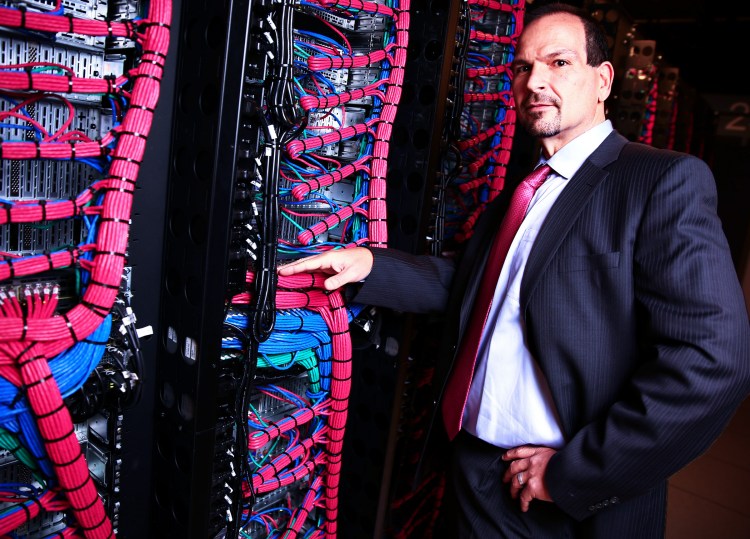IBM has revealed its latest tactic for winning in the public cloud: Constructing tons of more data center infrastructure on multiple continents.
This year, Big Blue plans to build 15 new locations for its SoftLayer public cloud services, including a site in China, it announced today. IBM has committed $1.2 billion to the expansion.
By the end of the expansion, the technology giant will have 40 data centers, including the 13 facilities SoftLayer ran before IBM bought it last year. The data centers will run IBM’s cloud software, its platform-as-a-service for building and deploying applications, and SoftLayer’s raw infrastructure-as-a-service products — computing, storage, and a content-delivery network.
Two of the new data centers are for Dallas and the Washington, D.C., area and reserved for federal government needs, said SoftLayer chief executive Lance Crosby said in an interview with VentureBeat.
“From SoftLayer’s perspective, we do feel we’re different from our competitors because typically, their operating models are to build very large facilities that service zones or regions,” Crosby told VentureBeat. “Our operating model was very much different from the very beginning.” The company has been focused on providing infrastructure that meets its customers’ regulatory and compliance needs, he said.
When the expansion is complete, Crosby said, cloud observers should see “a much more distributed footprint from IBM than you’ll see from any other competitor.”
IBM isn’t the only public-cloud vendor expanding its infrastructure. So are Amazon Web Services, Google, Microsoft, and DigitalOcean. But 15 new data centers is a massive surge.
SoftLayer has grown swiftly since IBM acquired it, having brought on 2,400 customers, for a total of 22,000 now, Crosby said.
The company has gotten a reputation as a provider of servers that are not virtualized, or chopped into small pieces for multiple workloads to run simultaneously. These “bare metal” servers do well for deployments of the open-source Hadoop file system and its related tools for querying and processing large amounts of many kinds of data. SoftLayer also sells individual slices so multiple businesses can run workloads next to each other on a single physical server.
The company has historically used Intel chips in its custom-designed servers from Supermicro, Crosby said, and that IT buying pattern will change. “Now we’re working with IBM,” he said. “We’ll be making that transition probably sometime in the future.” IBM sells servers, storage, and networking boxes, and reports of good service relying on that equipment could be a way to promote the hardware.
IBM will also expand the number of sites where customers can tap into SoftLayer’s dedicated Internet network backbone from 20 to 30. That means more companies around the world will be able to get faster connections between their onsite data center infrastructure and SoftLayer’s infrastructure.
The only question is whether demand for IBM’s cloud will jump up in sync with the infrastructure boost.


